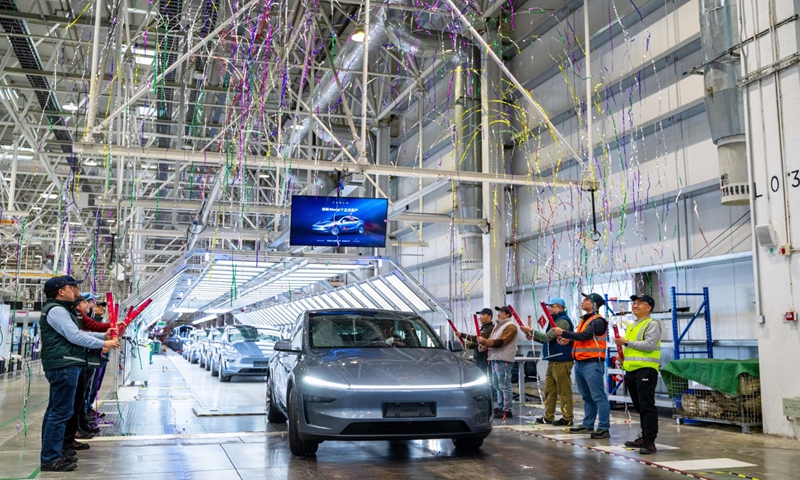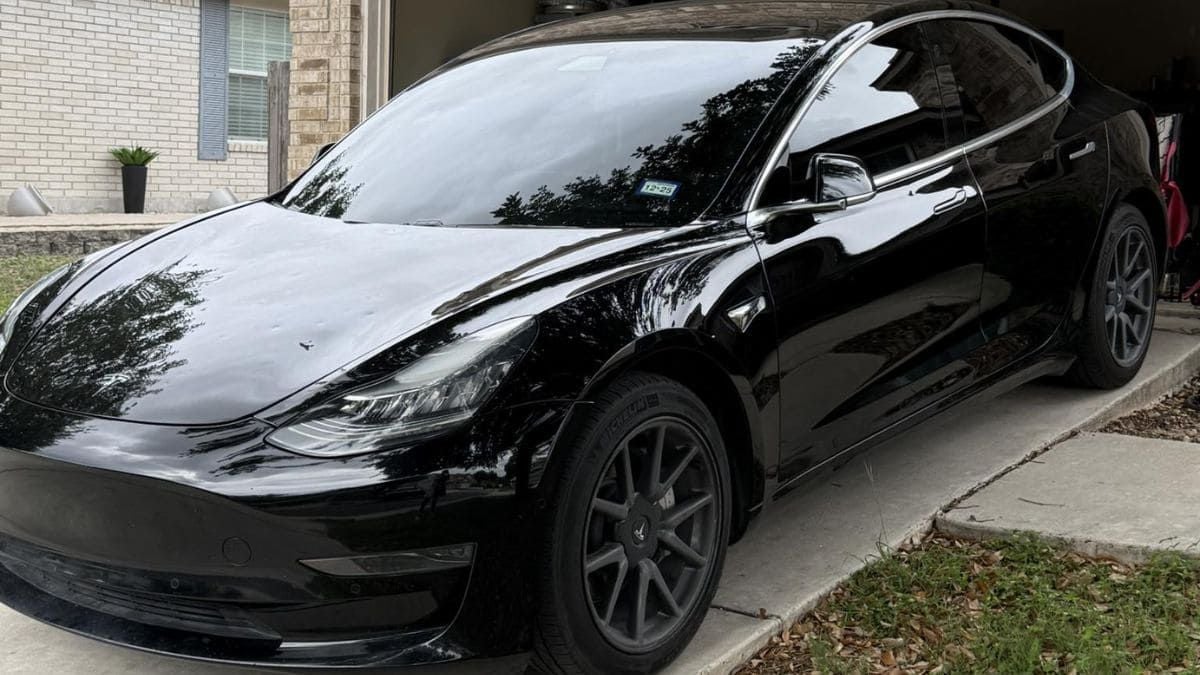Hail damage to your vehicle is a situation that many of us hope to never face but can be a reality, particularly in areas like Texas, where hailstorms are not uncommon. The decision to repair or replace a car that has been damaged by hail can be a tough one, especially when it comes to electric vehicles like Teslas. The case of Tesla owner Consuelo Ramirez, who shared her dilemma in a public Facebook group, sheds light on the complex issues that arise when dealing with hail-damaged EVs.
Consuelo's 2019 Tesla Model 3 with 43,000 miles was totaled due to hail damage, and she was given the option to keep it for $10,000 and cover the repair costs herself. The prospect of finding a replacement car for that price that could match the features and quality of her Tesla seemed daunting. The situation prompted members of the online community to offer advice and insights into the implications of retaining a hail-damaged Tesla.
One crucial consideration highlighted by members like Rick Marsh was the impact of obtaining a salvaged title. The potential loss of access to software updates, Supercharging capabilities, and advanced features like Full Self-Driving cFSDc on a salvaged Tesla could significantly alter the ownership experience. The evolving restrictions placed by Tesla on salvaged vehicles bring to light broader questions about the control that automakers exert over post-accident scenarios and the implications for consumers.
The cost of repairing hail damage on a Tesla, estimated to be around $18,000 in Consuelo's case, underscores the financial implications of restoring the vehicle to its pre-damaged condition. However, alternative repair approaches like paintless dent repair cPDRc and sourcing used parts from junkyards offer cost-effective solutions that can make retaining a hail-damaged Tesla more feasible.
Looking beyond the immediate repair costs, the long-term effects of receiving a salvage title on a Tesla reveal a unique set of challenges. The loss of insurance coverage options, diminished resale value, and potential limitations on future upgrades and support from Tesla create a shift in the ownership landscape that owners must navigate.
The decision to keep a salvaged Tesla involves weighing the benefits of cost savings and potential salvage value against the drawbacks of limited manufacturer support and decreased resale value. For some owners, exploring avenues like selling salvaged Tesla parts or engaging in DIY repairs may present viable alternatives to traditional repair routes.
As the narrative around salvaged Teslas unfolds, it prompts reflection on the evolving nature of vehicle ownership in a digital age where software integration plays a significant role. Consuelo's dilemma serves as a microcosm of the broader conversation surrounding the rights of consumers in post-accident scenarios and the impact of salvage titles on vehicle value and functionality.
In conclusion, the decision to retain a hail-damaged Tesla involves a careful consideration of the financial, practical, and long-term implications. It epitomizes the intersection of technology, ownership rights, and consumer choice in an automotive landscape that is increasingly shaped by digital considerations. The experiences shared by Tesla owners like Consuelo offer valuable insights into the complexities of salvaged vehicle ownership and the trade-offs involved in maintaining a damaged but functional electric vehicle.



